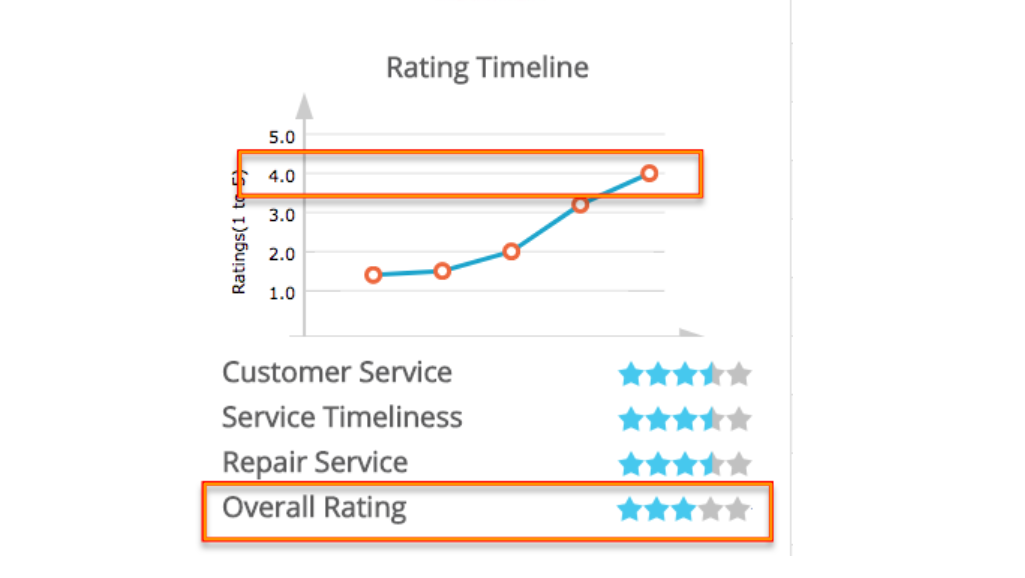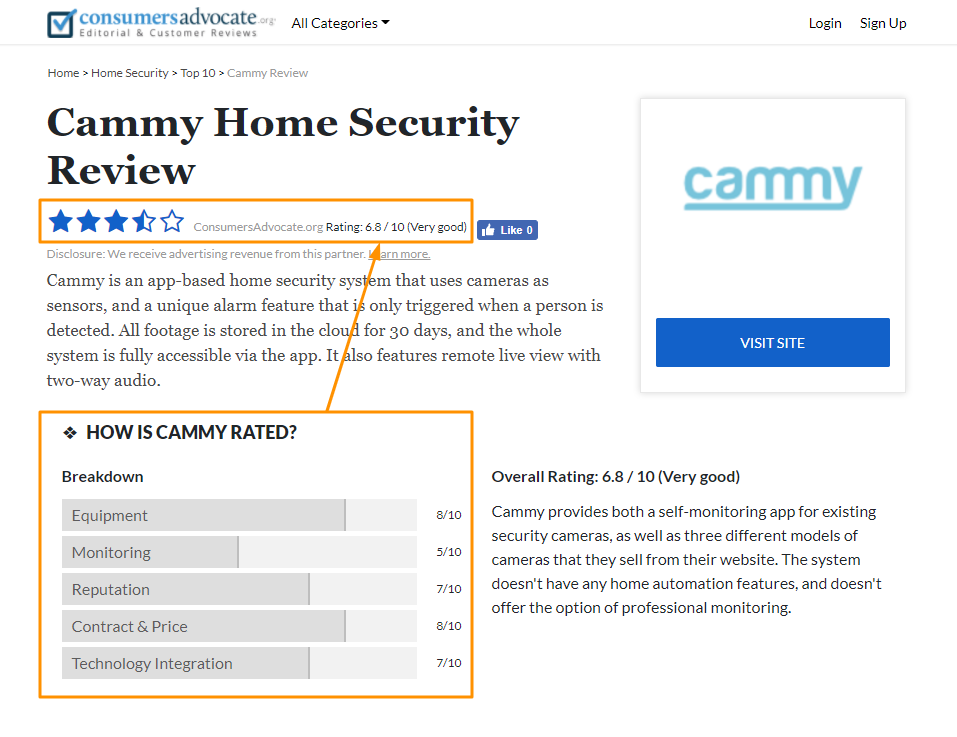Why do I see a difference in review count and review rating within Birdeye vs review site?
Birdeye allows you to monitor your reviews and ratings from 150+ sites in real-time within one platform. To provide a comprehensive view of customer sentiment, Birdeye calculates businesses' overall ratings from the 150+ sites, normalizing various factors in the process.
REASONS FOR DIFFERENCE IN REVIEW COUNT
If you see a difference in review count between reviews on Birdeye and the review source, it could be for a variety of reasons listed below:
-
Duplicate reviews - Some sites display duplicate reviews. Birdeye does not aggregate these duplicate reviews.
Read more on Birdeye's duplicate-detection process: How does Birdeye identify duplicate reviews and why it may not always be easy!
-
Inorganic Reviews - Reviews that are not written directly on the review site on which they are showing up are termed as 'Inorganic reviews' on Birdeye. Since the inorganic reviews are already being aggregated from a different review source, they are not further aggregated on Birdeye.
For example, below you can see that reviews written on 'Citysearch' are showing up on 'YP' review site. Birdeye will aggregate reviews that are written 'organically' on 'YP' but not the ones written on 'Citysearch' and showing up on 'YP' - Deleted reviews - These are the reviews deleted by the reviewer or the review site has removed the review due to the violation of its policies. To find out why reviews get removed, read Google’s contribution policies and Facebook Community Standards.
-
Reviews pending approval or verification - In an effort to prevent fraud, some sites like TripAdvisor and ConsumerAffairs select users at random to verify their email address before their review can be published. As a result, the review count displayed on the review site can differ from the actual number of reviews received.

- Review site changes - Sometimes when a site makes a change or update, it affects our aggregation process, resulting in aggregation fail or varying review counts. Birdeye’s auto-detection mechanism runs a nightly scan to identify any inconsistencies and fix them within 48 hours.
REASONS FOR DIFFERENCE IN RATINGS
Each site has its own algorithms for calculating ratings that may result in a difference in ratings visible on Birdeye vs the review site. Listed below are some commonly used methods:
-
Ratings based only on recent reviews - To improve accuracy, some sites only factor in reviews posted within the last 12 months when calculating ratings. Ratings on the graph, therefore, account only for the current year.
Overall star ratings below the graph seemingly are a rounded off number of the ratings from the reviews.
Here is an example from a live account on Birdeye:
Total Reviews: 167
Breakdown :
5 star: 62
4 star: 4
3 star: 6
2 star: 14
1 star: 79
*************
Total: 167
*************
Rating on Birdeye: 2.7 star (This is calculated based on the average of the above reviews)
Current rating displayed on HomeWarrantyReviews for the same business: 4
“Overall rating” on HomeWarrantyReviews: 3
Reason for the difference: In the graph below from HomeWarrantyReviews, the overall rating has been rounded up from 2.7 to 3 stars. The 4-star rating accounts for reviews received within the current 12-month period.
-
Use of different rating scales - Different review sites may have different rating scales that could affect the ratings you see on Birdeye.
- Some sites use an editorial rating system where customers use a scale such as 1-10 to rate businesses on certain predefined categories. Since these editorial ratings are not related to review ratings, Birdeye does not aggregate them.
- Some sites allow ratings with increments of 0.5, while others allow round number ratings only. (Example: 4.5 stars vs. 5 stars)
- Some sites allow a 'No rating' or '0' rating option, and include these when calculating average rating. Birdeye does not factor in reviews with 'No rating' or '0' rating.

-
Proprietary algorithms - Some sites have their own unique algorithm to calculate ratings, and precisely what factors they use when calculating average rating is unknown to the public.For example, BBB composes their rating based on 33% of customer ratings and 67% of BBB ratings (which is their own algorithm).
How Birdeye calculates ratings - Birdeye calculates ratings using the average formula to normalize ratings across all the reviews aggregated within Birdeye from various sources. Birdeye does not include ‘No Rating’ reviews while calculating this average.
.jfif)
.jfif)